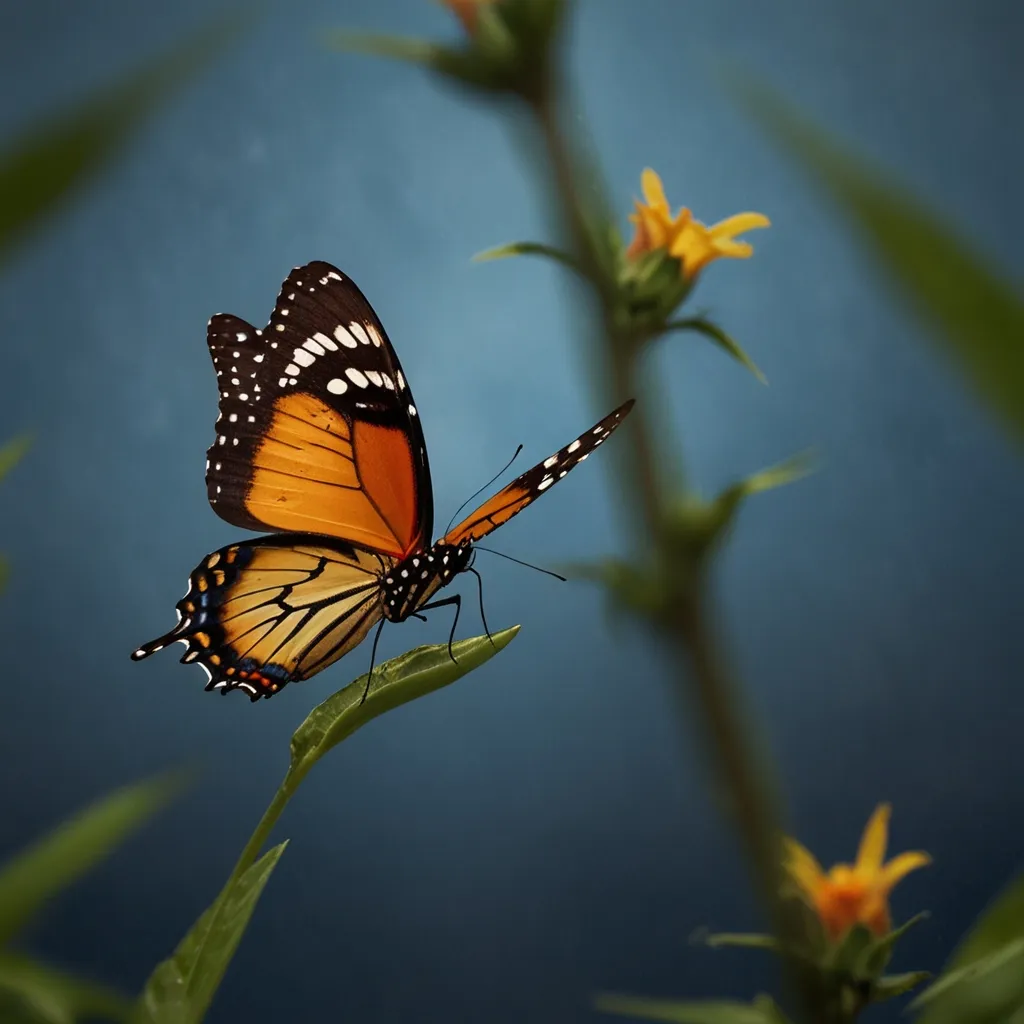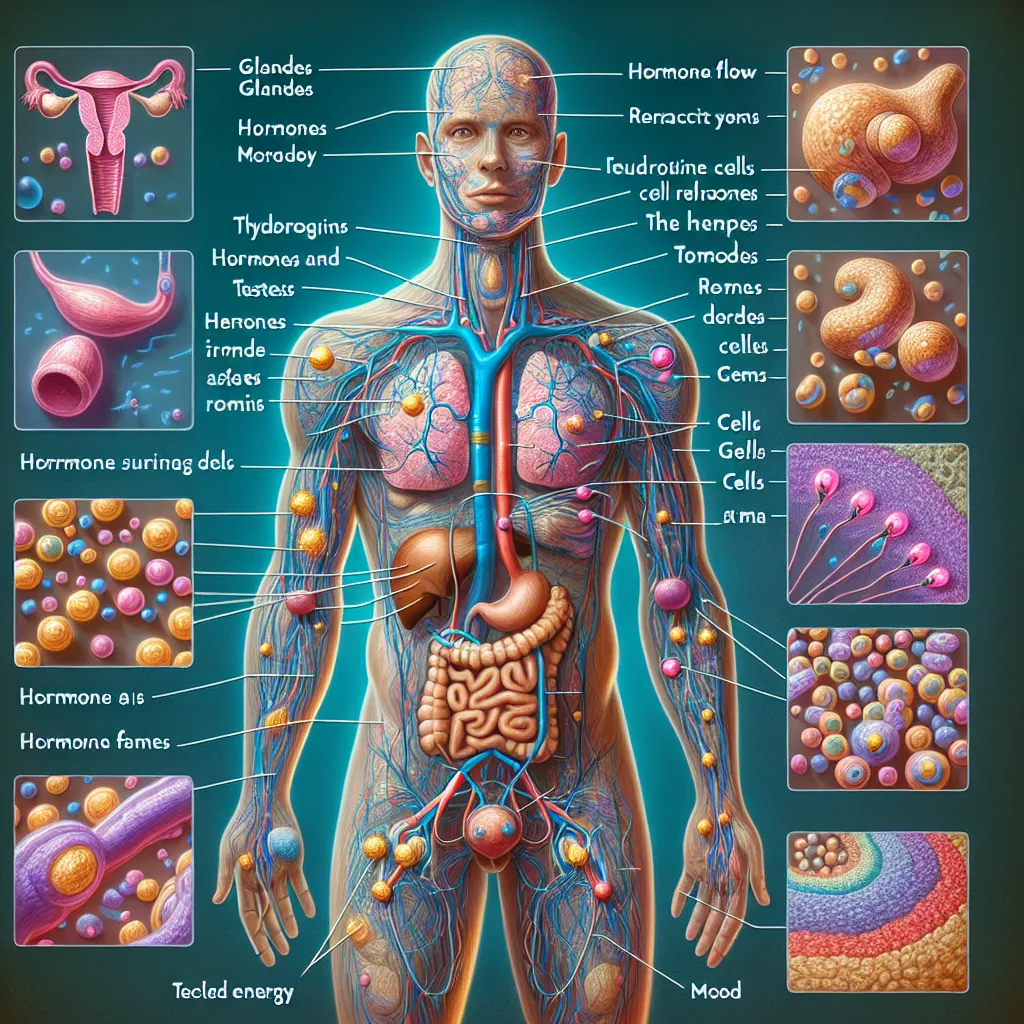Imagine this: a butterfly flutters its wings in Brazil, sparking a chain of events that ultimately leads to a tornado touching down in Texas. This concept, known as the Butterfly Effect, highlights how minute differences in initial conditions can lead to significant outcomes over time and distance. Is this real? Absolutely.
In 1972, meteorology professor Edward Lorenz posed a rhetorical question at a conference: does the flap of a butterfly’s wings in Brazil set off a tornado in Texas? Lorenz wasn’t literally suggesting this cause-and-effect relationship. Instead, he aimed to illustrate that large meteorological phenomena, like tornadoes and hurricanes, can’t be predicted far in advance due to numerous small variables that we can’t measure accurately. As a result, a weather forecast for tomorrow is far more reliable than one for ten days from now. Simply put, weather is inherently unpredictable.
Lorenz’s question underscored the point that some complex, dynamic systems exhibit behaviors where small changes in initial conditions can lead to vastly different outcomes. This concept falls under what is known as chaos theory. Despite our best efforts, predicting such systems with complete accuracy is currently beyond our reach.
To imagine how the Butterfly Effect might manifest in real life, consider the migrations of monarch butterflies from Canada to Mexico. These migrations happen annually, with thousands of butterflies stopping in places like Nebraska to rest. Typically, these butterflies wait for favorable winds to continue their journey.
Now, picture a flock of robins, natural enemies of butterflies, migrating south from Vancouver to Guatemala. Climate change causes their paths to intersect with the monarchs this year. A smaller group of robins, separated from the main flock, flies directly into the monarchs’ path. The robins’ sudden appearance causes panic among the butterflies, triggering a mass exodus from the trees where they were resting.
This unexpected fluttering of wings creates a local wind disturbance, adding kinetic energy and slightly lowering atmospheric pressure. This triggers a chain of events that disrupts wind patterns, ultimately leading to a colder upper atmospheric flow being diverted to Texas. There, it interacts with warm, moist air from the Gulf of Mexico, creating the perfect conditions for a tornado.
Though it seems far-fetched, this scenario illustrates the Butterfly Effect in action. Tiny actions, like a butterfly flapping its wings, can set off a cascade of events leading to significant outcomes, like a tornado.
So, the next time someone mentions the Butterfly Effect, you’ll know how small actions can indeed lead to dramatic consequences—sometimes in ways you wouldn’t expect.






